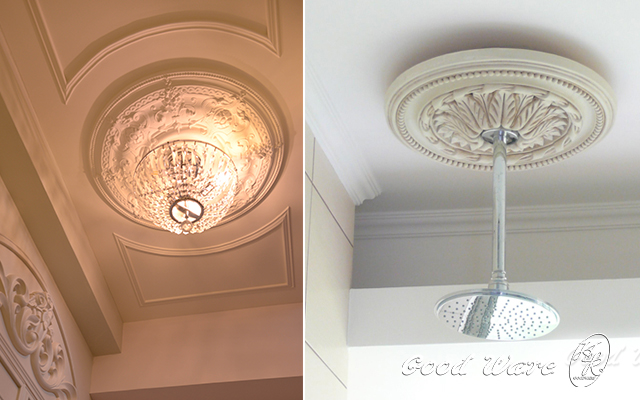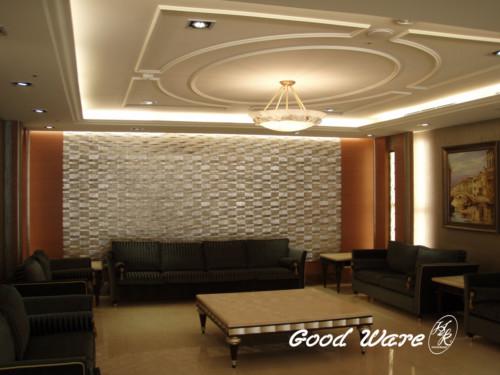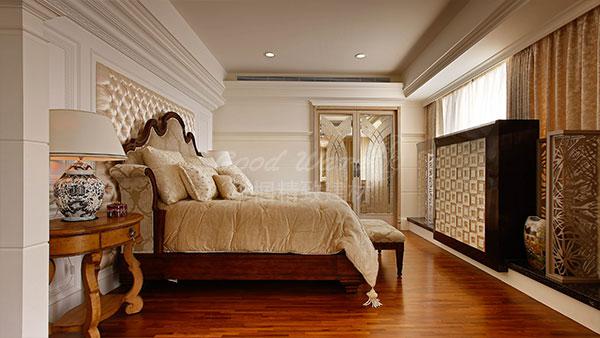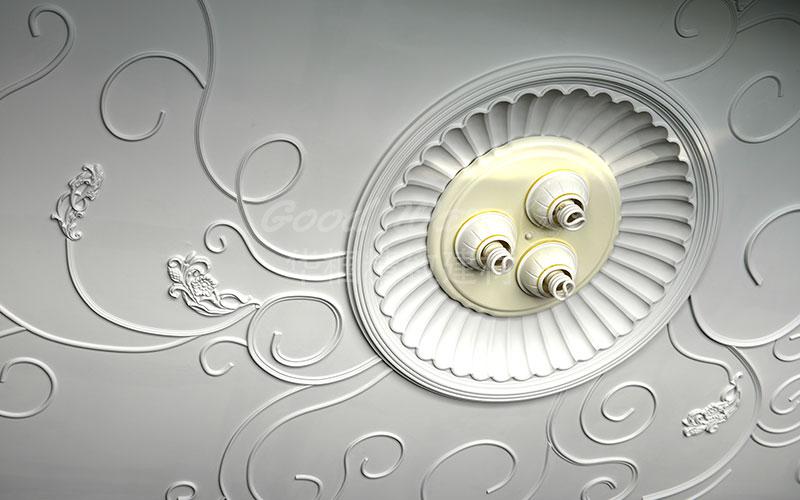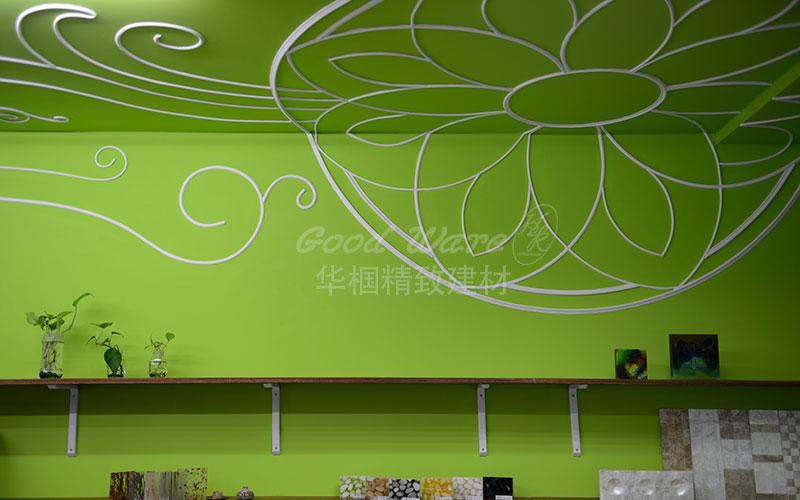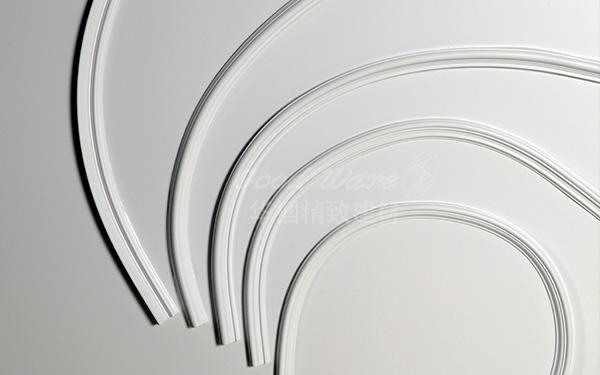When it comes to decorative materials, what comes out immediately in people’ minds would be the pollution-carrying Reinforced Concretes. Such is the case, In China, the building energy consumption takes up 47.24% of the total social energy consumption. The building areas are more than 40 billion square meters, and those kinds of high-energy consumption building materials such as steel, cement and wood account for almost 95% of all materials.
Decorative Materials
In the field of construction, China is planning to save energy and reduce emissions every year, however, traditional building materials are still in great use. Therefore the Eco-friendly awareness of people are eagerly in need of improvements .Taking decorative materials as an example, many people choose gypsum lines, wooden strips, etc, which often lead to the exceeding standard of formaldehyde purity after decoration. It will be uninhabitable for 3 months or even half a year, causing harms to our health , wasting a lot of materials and money. In contrast, the high energy consumption of China is nearly 2~3 times that of European and American countries at the same latitude.
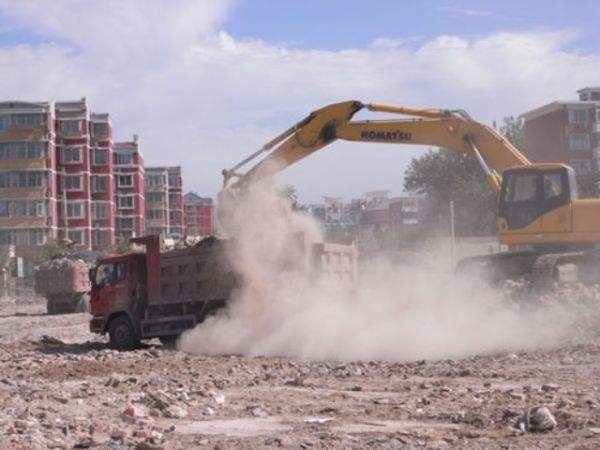
Nowadays, we all know the one-time energy is increasingly scarce. The future decorating materials must reach a standard of high utilization and low energy consumption. In recent years, people’s awareness of environmental protection has been continuously improved under the national promotion. At present, about 15%~20% of new buildings in China have applied the design of energy-saving and emission-reduction.

PU (polyurethane) is known as “the fifth largest plastic” as an organic polymer material. The products associated with PU have been widely used in light industry, chemical industry, electronics, textile, medical, construction and other fields. Because PU materials are Eco-friendly, waterproof, fireproof, wear-resistant, insect-proof, non-toxic, energy-saving, etc. Therefore More than 70% of buildings apply PU decorative materials in Europe and America and other developed countries.
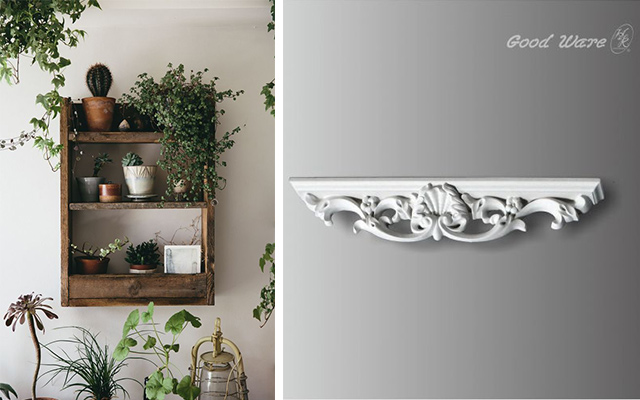
Goodware H&K CO., ltd. has published a series of articles about PU decorative materials (a total of 11 issues) in order to give everyone a systematic understanding of PU building materials. It is a detailed analysis for the properties of PU decorative materials ,and it is carried out in multi-angles including Eco-friendly, waterproof, fireproof, wear-resistant, insect-proof, non-toxic, and energy-saving.
First, let’s look at Decorative Materials Eco-friendly performance.
1. Source of raw materials
PU decorative material were invented by Bayer (the founder of PU industry) in 1937. The raw materials were originally extracted from petroleum. However, the raw materials of PU building materials began to be extracted from wood fiber due to the shortage of one-time energy.
2. Production Process
The production process of PU building materials will not generate exhaust gases, and pollute the environment. In addition the waste residue also can be degraded by landfill. As the NO.1 decotative materials brand in Taiwan, H&K Group actively practices the responsibilities of protecting the environment. We place high priority on Eco-friendly raw materials, and only cooperate with those factories which has reached the Eco-friendly standard. Besides,we are introducing high-tech equipment to treat waste to meet the nationally-stipulated emission standards.
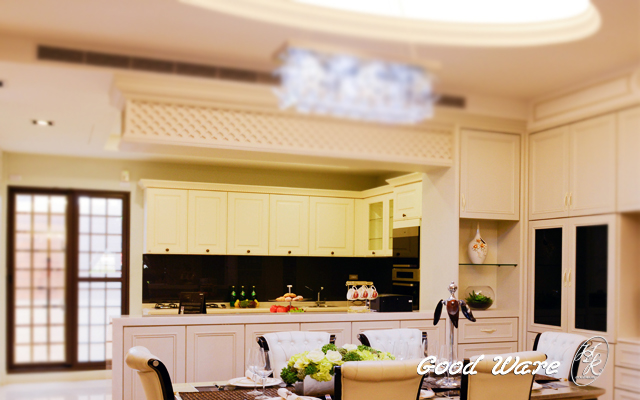
3. Recyclability
As a kind of architectural decorative material, PU building materials need to be improved in terms of recyclability and re-use rate .
4. Biodegradability
Environment protecting must take the Biodegradability of material into consideration. The daily-used plastic bags have a long degradation time (more than 200 years) and cannot be completely degraded, which will cause serious pollution. By contrast, the discarded PU decorative materials only need 40 to 50 years to be fully degraded.
On one hand,to realize a harmonious coexistence between human and nature, we must adhere to the concept of green development, and raise awareness of environmental protection. On the other hand, to realize the sustainable development of world, we must use Eco-friendly products, practice environmental protection activities and make it a habit to take care of our home—the Earth.




